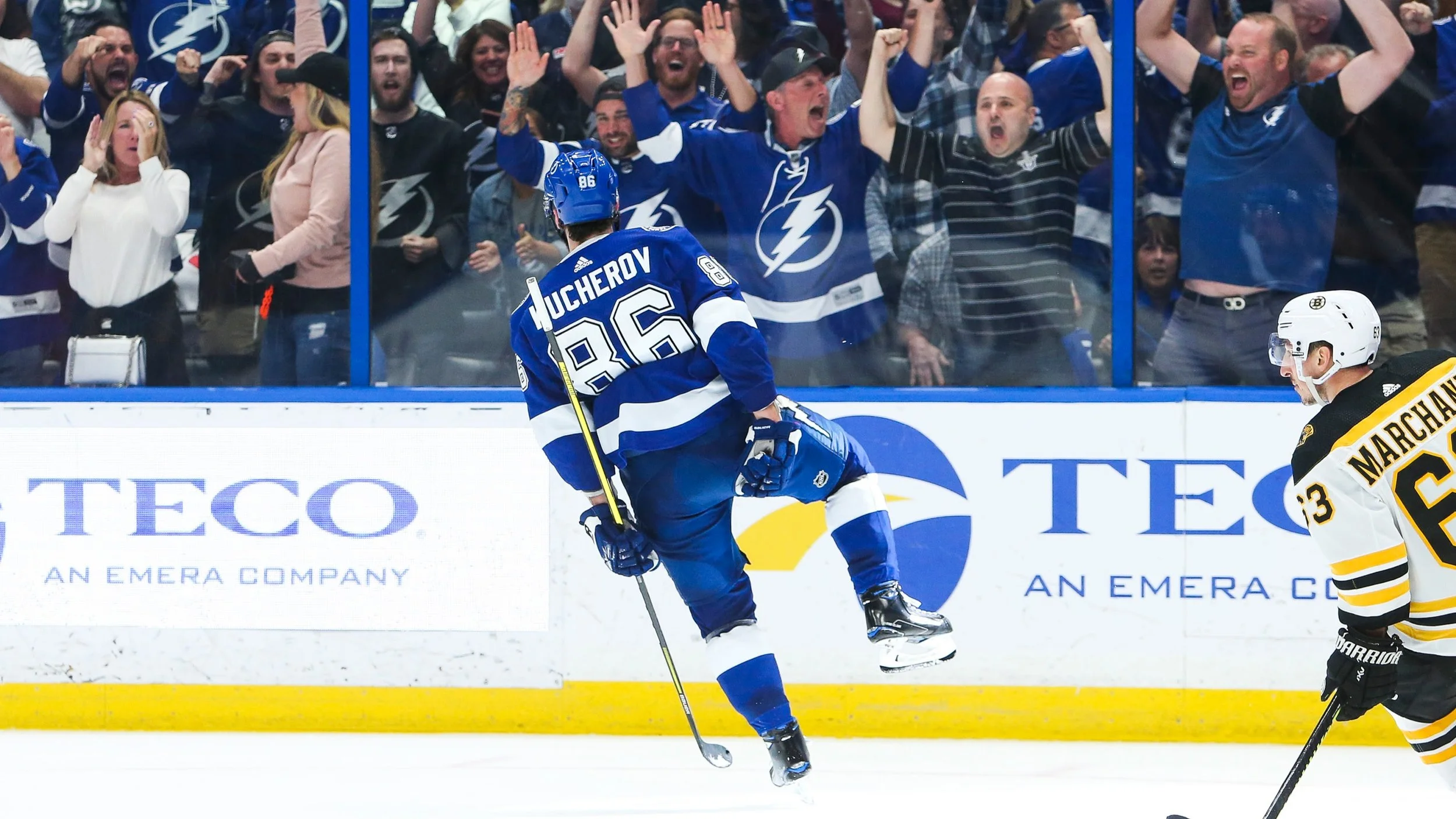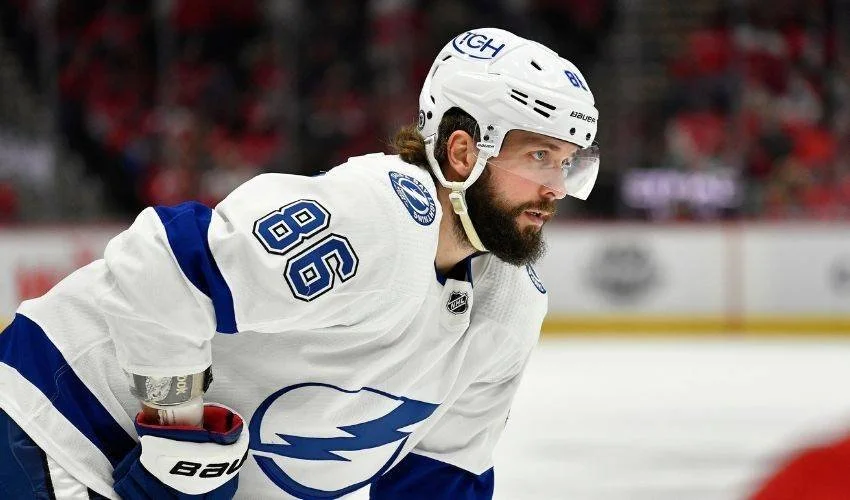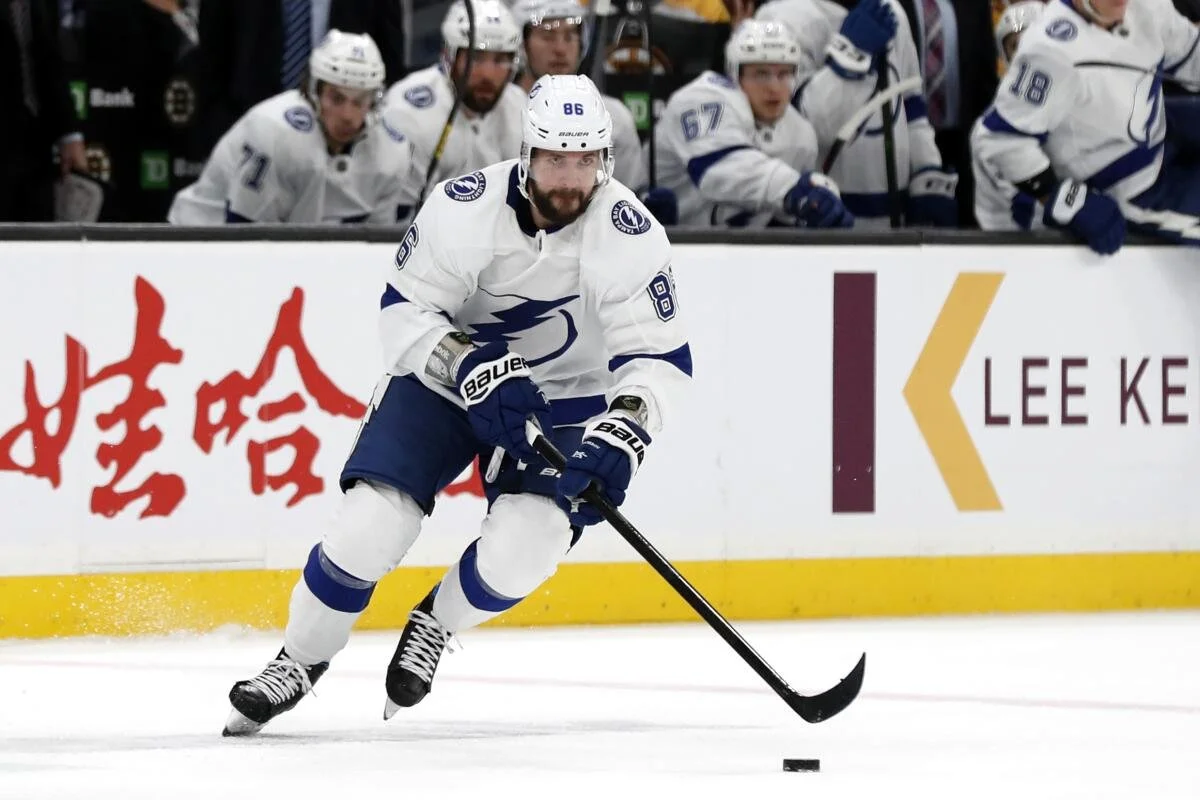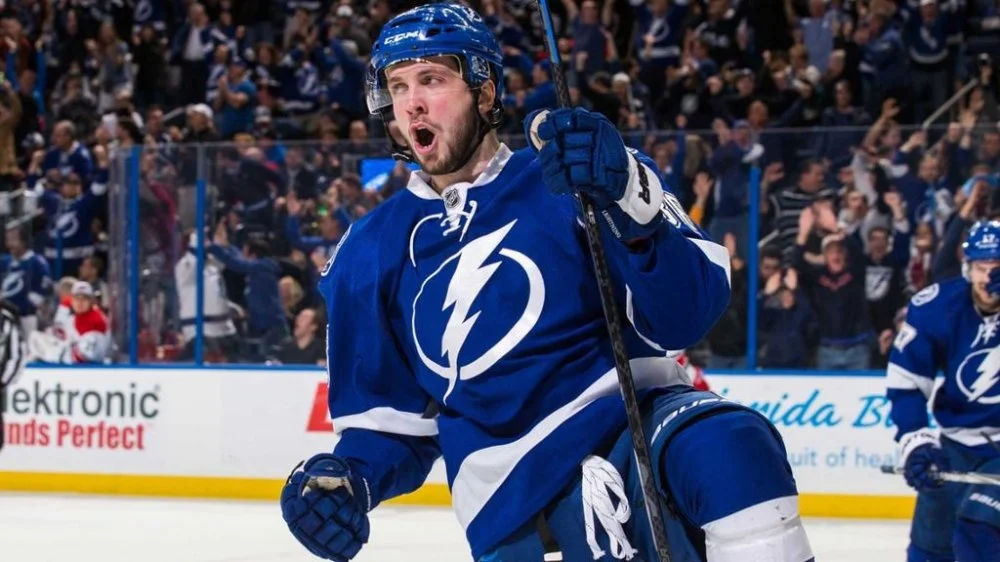The PDA Newsletter | First Touches
Kucherov’s Silent Weapon
What if the moment the puck hits your stick was the moment the play was decided?
Since his debut with the Tampa Bay Lightning, Nikita Kucherov has carved out a reputation as one of the NHL’s most dangerous minds.
A Hart Trophy winner, back-to-back Stanley Cup champion, and perennial scoring leader, he is the creative hub of Tampa’s attack.
What makes him unique is how quickly he transforms the very first contact with the puck into offence…
A soft touch becomes a disguised pass.
A deceptive cradle becomes a high-danger shot.
A one-touch redirect keeps defenders scrambling.
For Kucherov, the first touch doesn’t just start the play… it creates it, shaping the entire sequence before defenders even realize it’s begun.
Let’s dive deeper into Kucherov’s mastery…
Prepared Before the Puck
Kucherov is rarely caught off guard.
He shoulder-checks constantly, mapping defenders and outlets before the puck even comes his way.
By the time the puck arrives, his stick and body are already aligned, as if the play has been rehearsed in advance.
That preparation makes him lethal.
You might not realize it, but his receptions don’t just settle the puck; they detonate the next sequence.
A soft cradle can snap a seam pass across the slot. A subtle pull into his feet can turn into a shot through traffic before the goalie even gets set.
Even a routine touch on the half wall has defenders scrambling, because they know he can disguise it into anything: a quick give-and-go, a one-touch redirect, or a delayed fake that freezes everyone.
Every first touch is a threat.
With Kucherov, the moment the puck finds his blade, defenders are already in recovery mode, and that’s why he’s so dangerous every time he’s on the ice.
Deception In Motion
The highlight reels show the passes and goals, but the real trick often happens one beat earlier. Kucherov disguises his intent at the exact moment of reception.
He’ll open his blade as if to pass wide, then pull the puck into his feet and slip a slick pass into the slot. He’ll cradle like he’s preparing to shoot, then sling a no-look dish through traffic.
Even the slightest hesitation becomes a weapon, a fraction of a delay that pulls defenders out of position before he strikes.
What makes him even harder to defend is the pace.
On Tampa’s power play, he rarely holds the puck longer than he needs to. Everything is catch-and-release: one-touch feeds, instant seam passes, quick redirections. A puck from Hedman is already across the slot and on Point’s stick before penalty killers can shift.
Whether he’s receiving in stride on a zone entry or standing still on the half wall, the principle is the same: the first touch sets the outcome.
Why He’s Trusted
Lightning coaches run the power play through Kucherov because the puck never stalls.
Every reception leads to motion: a disguised shot, a pass into space, or a quick touch that scrambles defenders.
Teammates look for him in critical moments because they know the play will keep flowing.
That dependability is why he remains Tampa Bay’s offensive quarterback. He dictates tempo, deciding when to speed up the cycle with a one-touch seam or slow it down with a disguised cradle that pulls defenders out of shape.
Opponents know the puck will run through him, yet they still can’t stop it. His decisions are too quick, his touch too deceptive, and his reads too far ahead.
The results speak for themselves.
With Kucherov steering the attack, Tampa’s power play has ranked inside the NHL’s top five for three straight seasons.
His fingerprints are on nearly every goal, either as the passer who opens the seam or the shooter who capitalizes on it.
It’s why Kucherov is on the ice in every high-leverage situation, from late power plays to overtime possessions.
With the puck on his stick, they trust the play won’t just survive, it will tilt it in their favour.
Training the Invisible
Kucherov’s skill can be trained with deliberate reps:
Wall Cushion Drill — Rim pucks around the boards and practice soft receptions on both forehand and backhand.
Pepper One-Touches — Partner passing where every touch must be one-touch, both stationary and in motion.
Shoulder-Check Drill — Scan before every pass; call your next option before the puck arrives.
Catch-and-Release Shooting — Net-front corrals into instant shots, focusing on speed over power.
Stride Receptions — Skate through the neutral zone and receive passes at full speed, focusing on cushioning the puck without breaking stride.
These habits sharpen anticipation, hands, and confidence, the same pillars Kucherov relies on every night.
The Closing Lesson
What if the moment the puck hits your stick was the moment the play was decided?
For Nikita Kucherov, that instant defines everything.
Every first contact carries weight.
It shapes the pace, tilts the ice, and often decides the outcome of the shift.
Master that moment, and you put yourself in control of the game, the same way Kucherov does night after night.
Talon Mills
Up next in the PDA Newsletter
This Thursday in The PDA Newsletter: Performance Anxiety
Every athlete feels the weight of expectations.
The nerves before tryouts, the tight chest before a big game. On Thursday, we’ll break down performance anxiety: what it is, how it shows up, and the strategies parents can use to help their kids turn nerves into fuel instead of fear.







